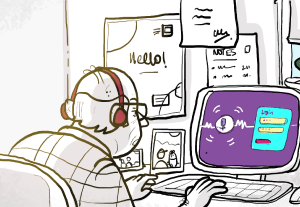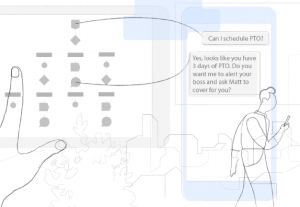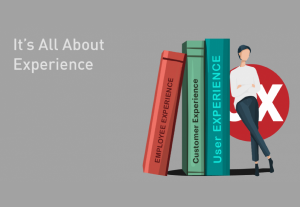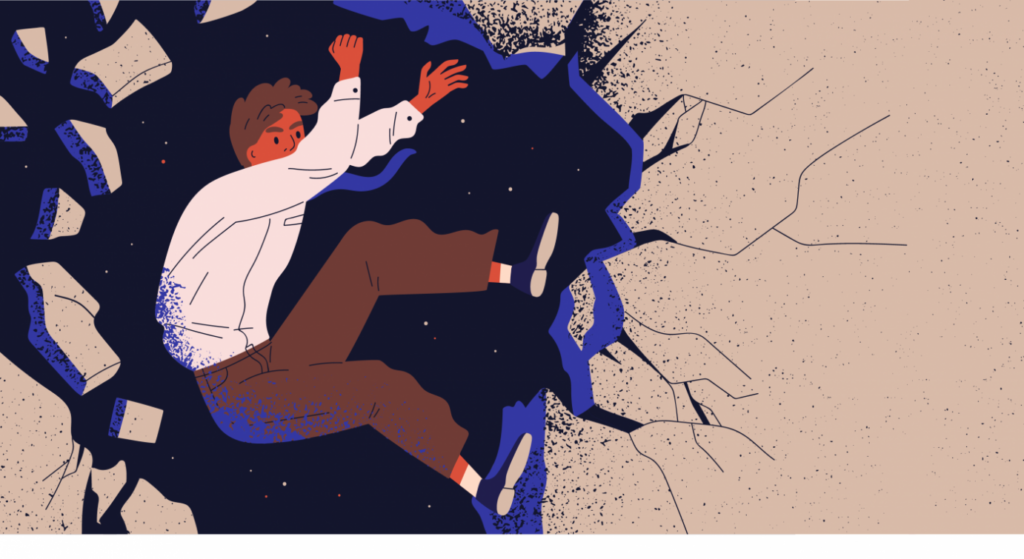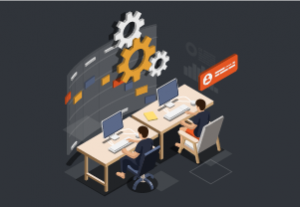- Behavioral Science, Emotion, Empathy, Employee Experience, Internal Company Dynamics, Interviews
Improving the hiring experience at the most painful stage of the hiring process: candidate rejection
Article by Shira Ben Cohen
Share:How we have improved the Candidate Rejection Experience at Intel using UX Research Techniques
Share this link
- March 25, 2021
6 min read



